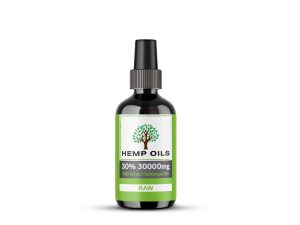What is Hemp Oil Fuel?
Hemp oil fuel, also known as hemp biodiesel, is a sustainable alternative to conventional diesel fuel. It is derived from hemp seeds, which contain high levels of fatty acids that can be converted into biodiesel through a process called transesterification. Hemp oil fuel offers numerous benefits, including reduced carbon emissions, increased energy efficiency, and the potential for economic growth in the hemp industry. In this article, we will explore the benefits of hemp oil fuel and provide a step-by-step guide on how to make it.
===Benefits of Hemp Oil Fuel: A Sustainable Alternative
One of the most significant advantages of hemp oil fuel is its sustainability. Unlike fossil fuels, which contribute to climate change and deplete finite resources, hemp oil fuel is made from a renewable source. Hemp plants grow quickly and require minimal pesticides or fertilizers, making them an environmentally friendly crop. Additionally, hemp biodiesel has a lower carbon footprint compared to conventional diesel, as it releases fewer greenhouse gas emissions when burned. By using hemp oil fuel, we can reduce our reliance on fossil fuels and move towards a more sustainable future.
Another benefit of hemp oil fuel is its increased energy efficiency. Biodiesel derived from hemp oil has a higher energy content than petroleum diesel, resulting in better fuel economy. This means that vehicles running on hemp oil fuel can travel further on the same amount of fuel, making it a cost-effective option for both individuals and businesses. Moreover, hemp oil fuel has excellent lubricating properties, reducing engine wear and extending the lifespan of vehicles. This not only saves money in maintenance and repairs but also reduces the environmental impact associated with frequent vehicle replacements.
===How to Make Hemp Oil Fuel: Step-by-Step Guide
Making hemp oil fuel requires a few simple steps. First, hemp seeds need to be cleaned and dried to remove any impurities. Once dried, the seeds are crushed to extract the oil. This oil is then subjected to a process called transesterification, where it is mixed with a catalyst, typically methanol, and a base, such as sodium hydroxide. This chemical reaction breaks down the oil into biodiesel and glycerin. After the reaction is complete, the mixture is left to settle, allowing the glycerin to separate from the biodiesel. The biodiesel can then be washed to remove any remaining impurities before being ready for use as hemp oil fuel.
===Conclusion: Harnessing the Potential of Hemp Oil Fuel
Hemp oil fuel presents a sustainable alternative to traditional diesel fuel, offering numerous benefits for both the environment and the economy. By using hemp biodiesel, we can reduce carbon emissions, increase energy efficiency, and promote the growth of the hemp industry. Furthermore, making hemp oil fuel is a relatively straightforward process that can be done on a small scale, making it accessible to individuals and communities. As we continue to explore renewable energy options, harnessing the potential of hemp oil fuel can play a significant role in creating a greener and more sustainable future.




